1. Cognitive Apprenticeship
1.1. Brings students through authentic activities that will allow them to develop their specific skills related to the bigger question at hand
1.1.1. Used to be how everyone learned a trade. A significant portion of teaching credential programs are still done through this lens
1.2. Students learn through modeling of experts and world processes
1.2.1. Students learn through the verbal interactions they have with the expert and through the observations they make of each other.
1.3. Coaching and Scaffolding are important structures to have in place to assist the students.
1.4. It is important that the students are asked to reflect on their learning
1.4.1. Reflection allows the students to look back at what they've done in an effort to strengthen their understanding
1.5. Exploration is where Cognitive Apprenticeship differs from regular apprenticeships
1.5.1. Students should be asked to manipulate data/information and use it to problem solve world applicable events.
1.5.1.1. This process should be a gradual one.
2. Reciprocal Teaching
2.1. Students Each have different roles
2.1.1. Summarizer
2.1.2. Questioner
2.1.3. Clarifier
2.1.4. Predictor
2.2. The students read a selection and then are responsible to carryout their role
2.2.1. The Teacher is generally there to act as a guide, to encourage the students along
2.3. Each Student should have a chance being in each role.
2.3.1. This allows the students to read the selection from different lenses each time they read it

